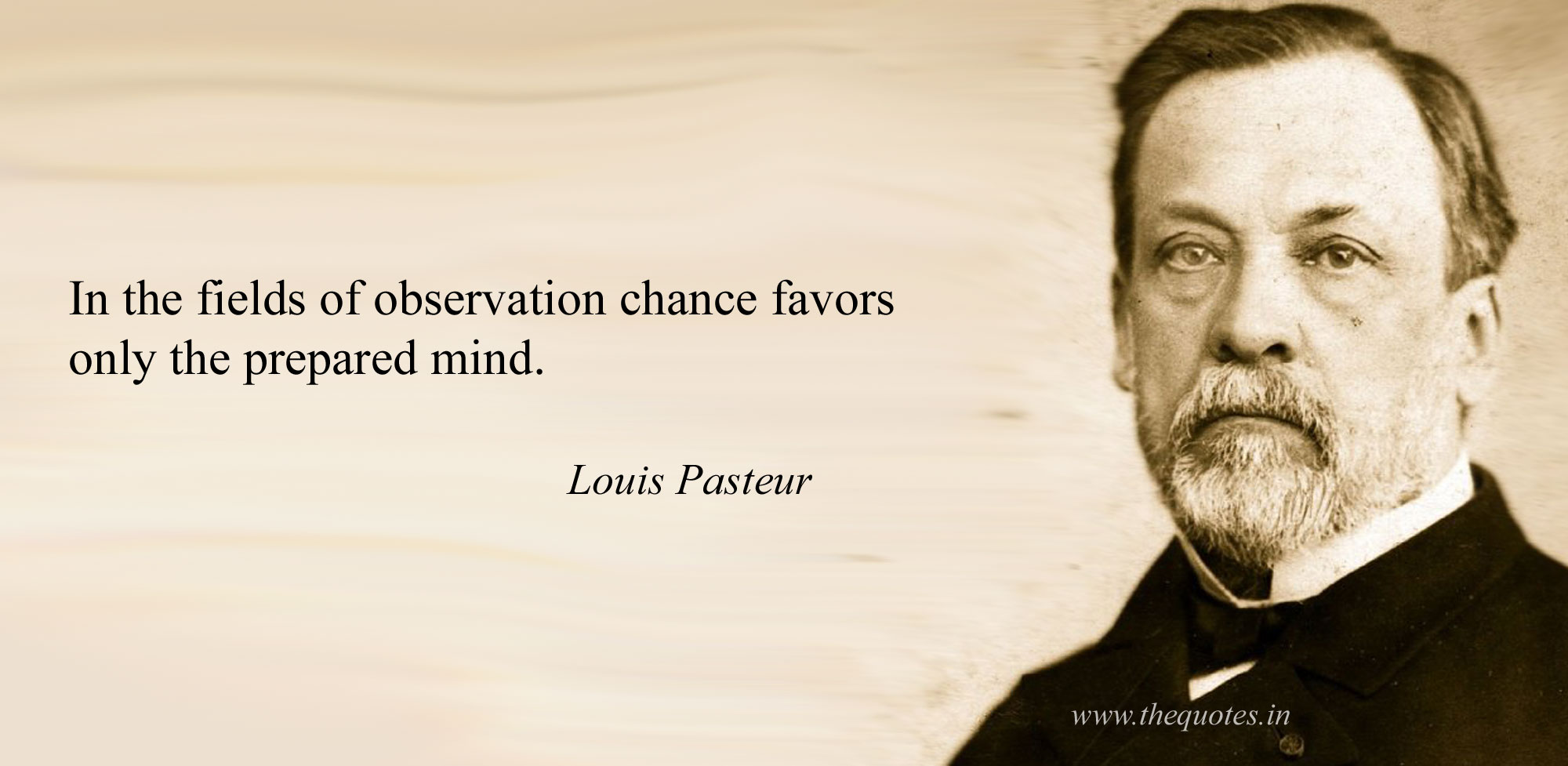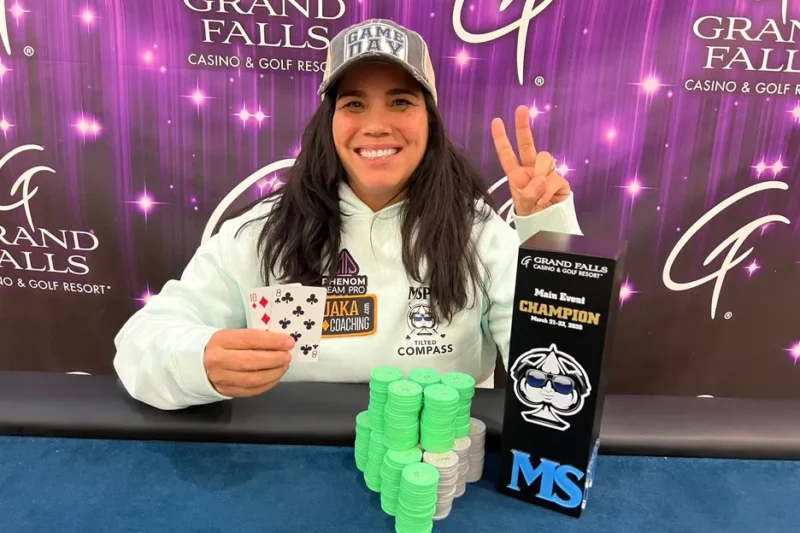In a recent article, I discussed calling preflop raises out of position, which is very unprofitable for the average player. This is partly the consequence of calling with a very wide range. But even when you call with a very tight range, it’s much more profitable to be the preflop raiser. To paraphrase Ben Franklin: “Better a raiser than a caller be.”

A “raised flop” one with a preflop raise, is fairly common. Figure 1 shows that about half of all flops are raised preflop, both online and in Vegas $1/$2 games. But more than two-thirds of the online raised flops were heads-up, much more than the 49% of Vegas raised flops. Consequently, a Vegas raised flop is much more likely to be multi-way.

As a strong player, we should be playing most of our raised flops as the raiser, not the caller. And when we do, we will be heads-up or three-way about 90% of the time. So it is important that we understand the math of the flop C-bet.
Heads-up Math
Suppose we raise to 5 BBs preflop in a Vegas $1/$2 game and find ourselves heads-up with a 10 BB pot. We miss the flop, but C-bet half-pot anyway. How often must the villain fold for our C-bet bluff to make an immediate profit?
We win 10 BBs when he folds while risking only 5 BBs. So we are immediately profitable if he folds more than a third of the time. And since we usually have some equity when he calls, our C-bet will be profitable (on average) when he folds less often than that.
My previous articles pointed out that the average Vegas villain calls a preflop raise far too often, which means his calling range is very wide. This forces them to shed these excess hands after they see the flop. And since most Vegas villains play a nearly fit-and-fold style on the flop, they have a lot of hands to shed.
For some players, “fit” means at least top pair. Others will continue with a lower pair or a good draw. But however they define “fit,” most Vegas villains will fold to a C-bet well over half of the time.
An illustrative example is the Vegas donkey’s love of calling preflop raises with Ace-rag. He needs to pair his ace in order to feel good about calling a C-bet, which will only happen about 18% of the time (using the rule of twos). Even if he only calls with Ace-rag-suited, he will flop a flush draw only 11% of the time. So Mr. Ace is going to shed this hand a lot on the flop.
Three-Way Math
Our Vegas preflop raise will find three-way action about 40% of the time. Suppose we raise to 5 BBs and see the 15 BB flop three-way. We miss the flop, but C-bet half-pot anyway. How often must both villains fold for our C-bet bluff to make an immediate profit?
The math is exactly the same as for the heads-up scenario; they must both-fold at least 1/3 of the time. But that means each villain must individually fold at least 57.7% of the time (0.57.7 x 0.577 = 0.3333). A fit-or-fold Vegas villain folds approximately this often.
But wait! We also usually have some equity when called. And if we have position on the caller, we may have additional options on the turn (positional equity). So, again, the math generally favors us when we C-bet bluff on a three-way flop.
Online Statistical Optima
So the C-bet math favors us when we are heads-up or three-way. What do the online stats say?

Figure 2 shows our profit when seeing a flop having raised preflop, depending on our C-bet percentage. We can see that the optimum C-bet percentage is a very high 77%. Note that the average online player folds to Hero’s C-bet 52% of the time, close to the break-even point for a three-way flop.
Also note that the peak C-bet optimum wins an average +48 BB/100, much better than the -10 BB/100 zero-donk optimum after calling a preflop raise (from my Donk Bet article).
This plot combines multiple situations. It includes heads-up and multiway flops; the heads-up optimum is higher. It includes in-position and out-of-position C-betting; the IP optimum is higher. (See Chapter 6 of The Statistics of Poker for a full discussion of these situations.)
So, the optimum online C-bet percentage isn’t100%, even when we are heads-up and in-position. This is because we can sometimes make more money by checking, such as when flopping top set on a safe board. Or perhaps the flop texture is too dangerous to bluff into. The following discussion describes some of the factors to consider when C-betting in a Vegas $1/$2 game.
Vegas Live Reads
We should always watch our opponents when the flop is revealed, as their reactions may reveal how they feel about the flop. This is especially easy when we are heads-up. When we see that the villain likes the flop, we should be less inclined to C-bet bluff; taking a free card may be more prudent. When a readable villain limps ahead of us, we should consider raising with a wide range to isolate him. His tell lets us know when he hits and when he misses. It’s like printing money.
Flop Texture
Flop texture is an important factor in our C-bet bluff decision. If the flop has an ace, (Vegas donkeys love to call preflop raises with an ace), or if it’s draw heavy, the flop is more likely to have hit the villain. We may still C-bet bluff when we are heads-up, but the three-way math becomes less attractive on a wet board.
Facing a Donk Bet
We will sometimes raise preflop and face a donk bet on the flop. This usually means Mr. Donk has flopped a hand and doesn’t want to risk the turn card; we can usually fold when we have completely missed. But we can consider calling with a good draw if we like our implied odds. We can consider floating when we are in-position, especially against a timid player when a lot of scare cards can hit the turn.
Family Pots
I will rarely C-bet bluff into more than two villains. The math no longer favors us unless we have a monster draw and a read on some of our villains.
Suppose we raise to 5 BBs on the button with J♣ T♣ and see a 20 BB flop four-way. We flop a flush draw and gutter, on the A♥ K♣ 3♣ board, so we have 12 outs. The hand is checked to us, which makes it less likely someone has an ace, and our C-bet will make our opponents worry that we have an ace. So a C-bet semi-bluff can be a good play here.
Or suppose we are in a similar situation but the flop is A♥ 7♣ 3♣ and we are first to act. Now we have fewer outs and we have no indication that someone hasn’t paired the ace. We should usually check in this situation.
When We Hit the Flop
When we flop top pair or better, we should still usually C-bet. A villain with a draw or a pair will often assume we’re just bluffing and call anyway. C-betting gets more money into the pot and allows the villains to make mistakes. And C-betting our good flops balances our play for when we happen to face a strong villain.
An exception to this is when our hand crushes the board and the villains are unlikely to have anything. We can check, perhaps inducing a villain to bluff. Or perhaps the turn card will provide him with an excuse to call our turn bet.
Conclusion
Our first thought when we see a flop after raising preflop should be to C-bet, regardless of how well we have connected with the board. We can override that thought when there are too many villains or when the board is too wet. The math and the stats are clear; it’s usually a freeroll.
Steve Selbrede is the author of six poker books — The Statistics of Poker, Beat the Donks, Donkey Poker Volume 1: Preflop, Donkey Poker Volume 2: Postflop, Donkey Poker Volume 3: Hand Reading and Tournament Poker for the Rest of Us.


